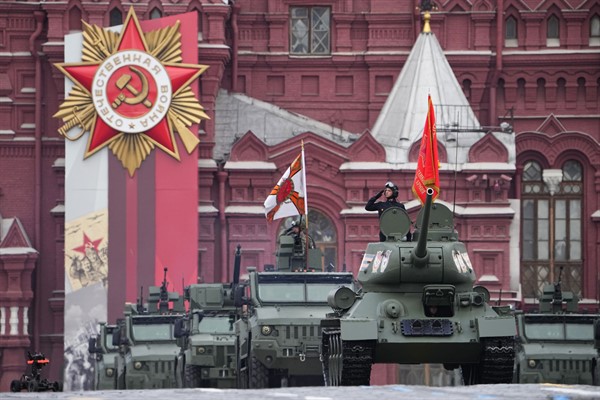At least once at every conference about an international security crisis, in the midst of debate, a participant will suddenly lean back and quote Carl von Clausewitz in a booming voice to underscore a tenuous point. Sometimes, in order to demonstrate that they are not just drawing on conventional wisdom about politics and war, the Clausewitz citation might be followed up by an observation borrowed from Henri Jomini. Every once in a while, there might even be a Sun Tzu quip thrown in for good measure.
When it comes to analysis of what the Russo-Ukrainian war tells us about the future of conflict, we have seen the full deployment of quotes from all three. When trying to define the potential trajectory of the struggle between Ukraine and Russia, many analysts have reached back to Clausewitzian concepts focusing on how strategic goals generated by political pressures should define military approaches. Looking at the fighting on a tactical level, the debates have also reflected the influence of Jomini’s vision of warfare, with its emphasis on a set of specific rules of battle whose purpose is to ensure that an army can use maneuver to concentrate its strength on an enemy’s key point of weakness. Poking through all this speculation are also concepts around the Ukrainian military’s use of indirect approaches and information war that draw on the thinking of Sun Tzu, with its perspectives on how strategic goals can be achieved through minimal use of force.
Yet these attempts to develop a clearer understanding of what exactly is taking place in Ukraine often struggle to develop a complete picture of this devastating conflict’s implications for the future of war in Europe and the wider world. However useful the insights of Clausewitz or Jomini can be to understanding aspects of this war, they are the product of a very particular historical moment in the early 19th century. At times, analysis that has hinged too much around these theoretical perspectives has struggled to grasp underlying dynamics shaping the behavior of militaries and leaders in Europe’s first major war between states since 1945.

